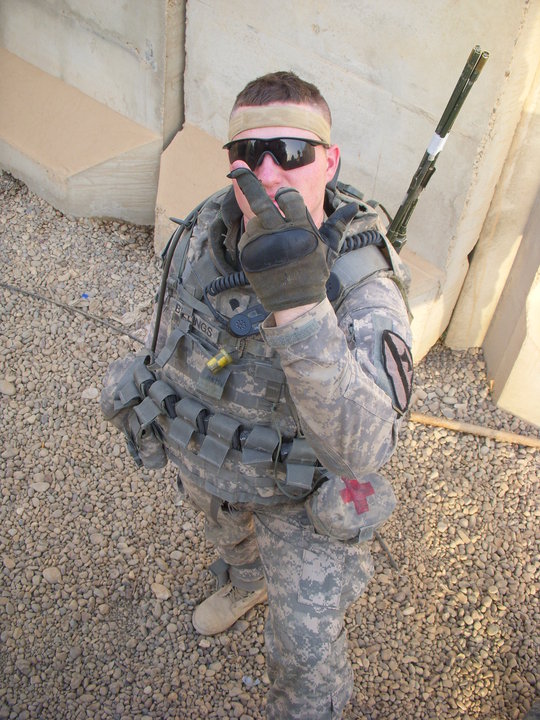

The Army then conducted several studies to find a modification or replacement for the standard issue pattern. Soldiers in Afghanistan questioned the effectiveness of the all-terrain pattern. Its pixelated pattern is similar to the MARPAT and CADPAT camouflage patterns used by the United States Marine Corps and the Canadian Armed Forces, respectively. It beat ten other patterns (though UCP may still have been adopted without field testing against other patterns because senior military leaders liked it). The pattern was chosen after laboratory and field tests from 2003 to 2004 showed it to provide the best concealment in many different operational environments. The Universal Camouflage Pattern ( UCP) is a digital military camouflage pattern formerly used by the United States Army in their Army Combat Uniform. Today, the OCP effectively serves the troops, and for the OCP patches to accessorize your uniform, Kel-Lac has you-and your camouflage-covered.Two soldiers in 2005 wearing the Army Combat Uniform in the Universal Camouflage Pattern The OCP uses organic, curvilinear shapes that digital camouflage rejected, but at a much smaller scale. With the advent of the Operational Combat Pattern, or OCP, the principles behind environment-specific camouflage designs met the smaller-is-better approach to digital camouflage. The Army’s latest camouflage design attempts to synthesize the differences between digital and traditional camouflage. Later research would show that, counterintuitively, using smaller segments of color made wearers harder to see from long distances than the larger shapes that would appear to blend into the foliage. Designers felt this best approximated the woodland settings for which camouflage was first designed. The earliest forms of traditional camouflage, like the UK’s Disruptive Pattern Material, used broad applications of color. Traditional Camouflage: Working in Broad Strokes The well-rounded UCP camouflage was not a good fit for the mountain terrain of Afghanistan, which necessitated the move to an advanced but more traditional camouflage pattern.

Think of it as a jack of all trades but master of none.

However, by failing to specialize the camouflage to its surroundings, the universal pattern was less effective across the board. The reason digital camouflage served as the base of a universal pattern is that it could be moderately effective in all situations-woodland, desert, and urban-without requiring multiple sets of attire. Digital Camouflage: Versatility at the Expense of Specialization Why the change? Which is better? We’ll take a closer look at the differences between digital and traditional camouflage and why we made the switch. CADPAT used not just broad brushstrokes and blobs of color, but a pixelated matrix similar to what one may see on a computer screen after zooming in on an image.ĭigital camouflage expanded to the United States soon after with the Marines’ MARPAT pattern and the Army’s Universal Combat Pattern however, in 2015, the US reversed course and implemented the Operational Combat Pattern-a more traditional form of camouflage. The Canadian Disruptive Pattern, or CADPAT, was a marked departure from previous, organic camouflage designs. In the early years of the 21 st century, military outfitting took a turn for the technological when the Canadian Forces innovated a new form of camouflage.


 0 kommentar(er)
0 kommentar(er)
